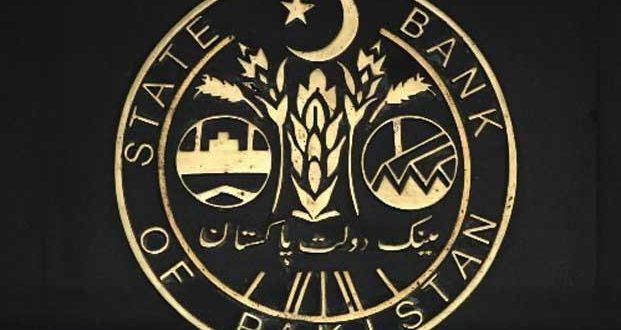The State Bank of Pakistan (SBP) has raised concerns over the slow judicial process and restrictive lending practices that are delaying debt restructuring and worsening the financial troubles of struggling industrial units.
In its 2025 guidelines for the revival of sick industrial units, the SBP pointed out that for industries facing financial stress, the judicial process is the primary route for debt restructuring, but it is slow and time-consuming, exacerbating the distress faced by companies.
Additionally, the guidelines highlighted that lending to distressed debtors largely depends on finding uncollateralised assets, a practice that is both rare and discouraged by lenders.
“Banks remain reluctant to offer new financing to struggling borrowers,” the guidelines stated, further explaining that public sector banks are restricted from independently writing off debt related to principal amounts, making the cleanup of balance sheets more difficult.
The SBP also noted that a key indicator of financial stress for companies is the ratio of non-performing loans (NPLs), which has remained historically high despite slight improvements in the NPL ratio in 2024. Between 2006 and 2015, the amount of NPLs grew significantly, peaking at Rs618 billion in 2012 before slightly stabilizing in the following years.
As part of its strategy, the SBP proposed a new framework for restructuring loans, aimed at eliminating ambiguity and providing a structured approach for government-owned financial institutions to support the revival of sick industrial units. This would allow for debt restructuring, including principal haircuts, and give these institutions more flexibility to help distressed units.
The guidelines, which align with legal provisions from the Companies Ordinance 1984 and other relevant laws, aim to establish a formal debt resolution mechanism that encourages participation from government-owned financial institutions. This would help clean up bank balance sheets and reactivate idle industrial capacity, which remains underutilized due to prolonged loan defaults.
To qualify for the debt restructuring process, an industrial unit must be registered and recognised as a “sick industrial unit” that has defaulted on debt repayments for four consecutive quarters. The unit must also have been idle or operating at less than 30% of its designed capacity for at least one year. A detailed revival plan, supported by financial projections and working capital requirements, must also be submitted.
The SBP’s initiative aims to address the risk aversion of government-owned banks and offer a clearer, more accountable framework to deal with industrial debt, thereby promoting recovery and enhancing industrial productivity.
























